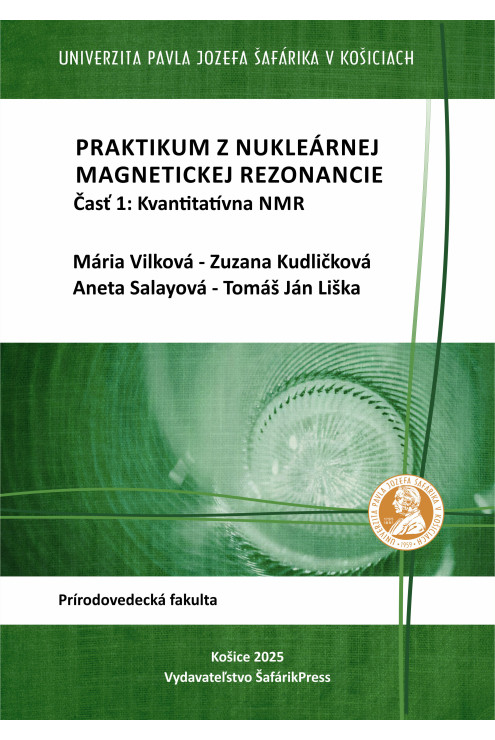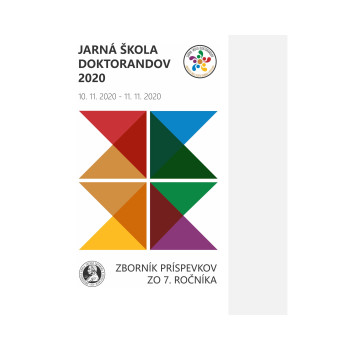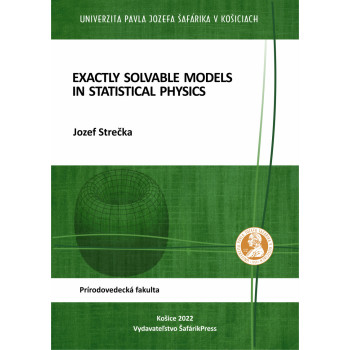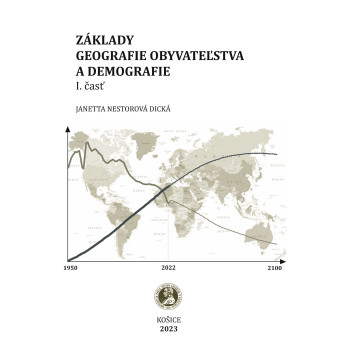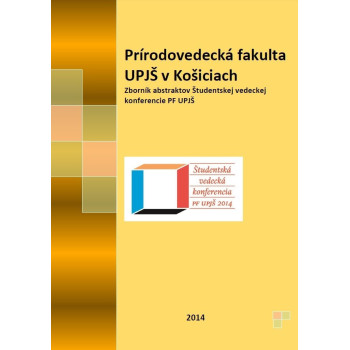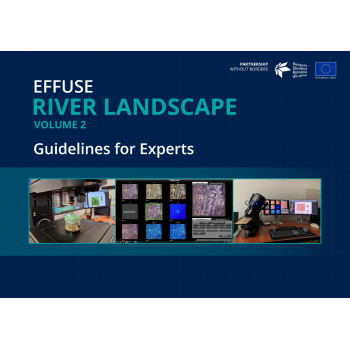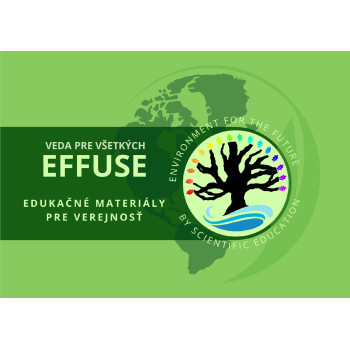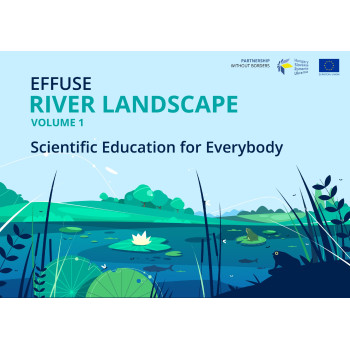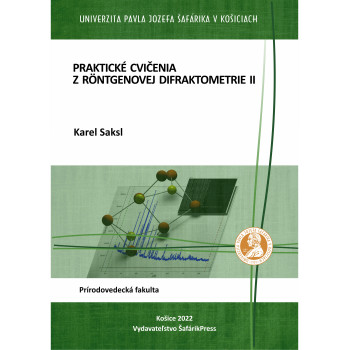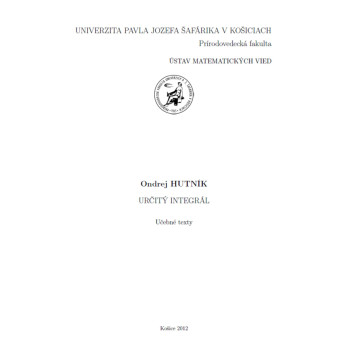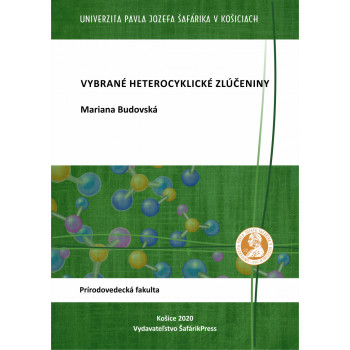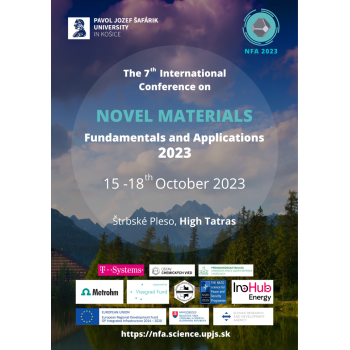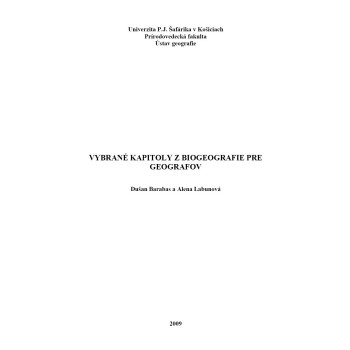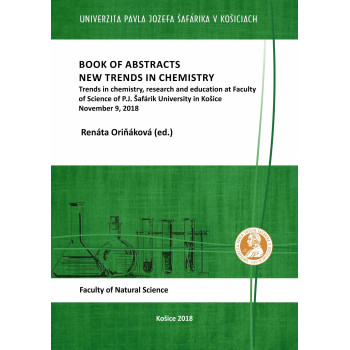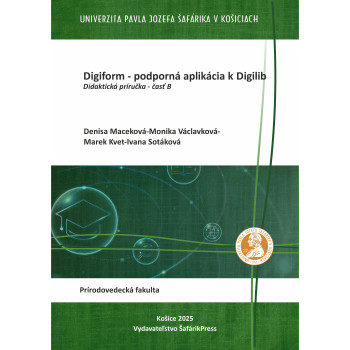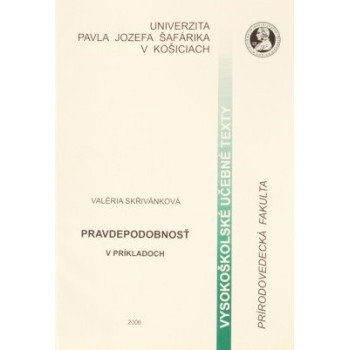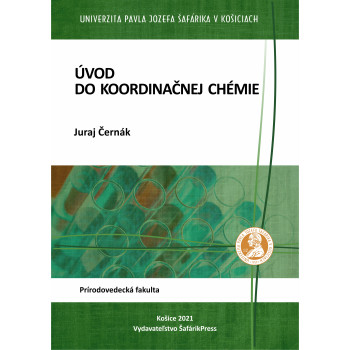
Jarná škola doktorandov 2020
E-book
Peter Fedoročko (ed.)
Proceedings of the 7th Annual Doctoral Spring School 2020
From November 10 to November 11, 2020, the 7th annual Spring School for Doctoral Students at Pavol Jozef Šafárik University in Košice will take place in Košice in a modified mode in the on-line space. The scientific program of the spring school will comprise 2 plenary lectures by leading scientific experts of Pavol Jozef Šafárik University in Košice. Doctoral students will present their research papers in two sections: 24 doctoral students of Faculty of Public Administration, Faculty of Law and Faculty of Arts, and 22 doctoral students of Faculty of Medicine and Faculty of Science.
The scientific programme of the spring school will also include a panel discussion with the management of Pavol Jozef Šafárik University in Košice.


